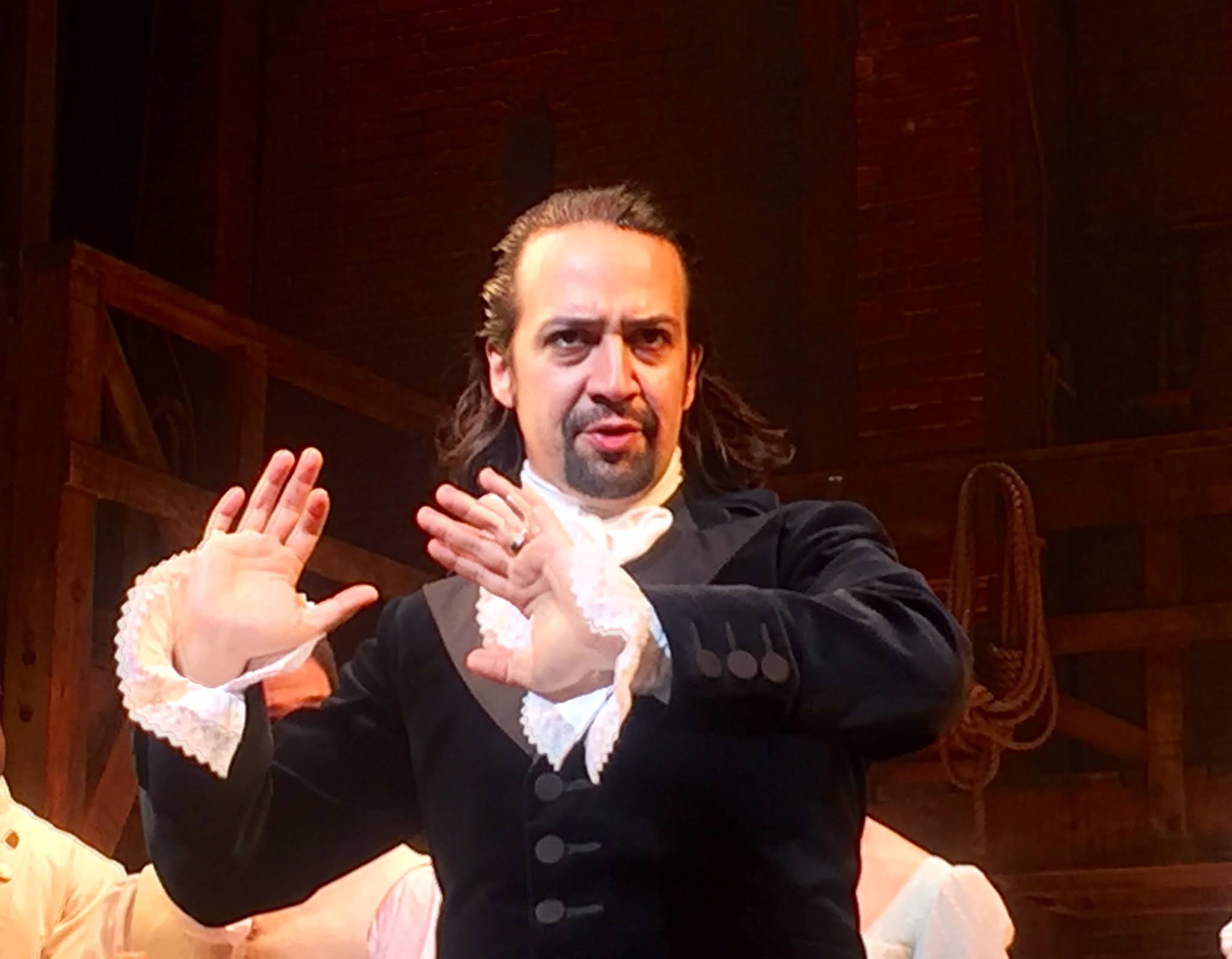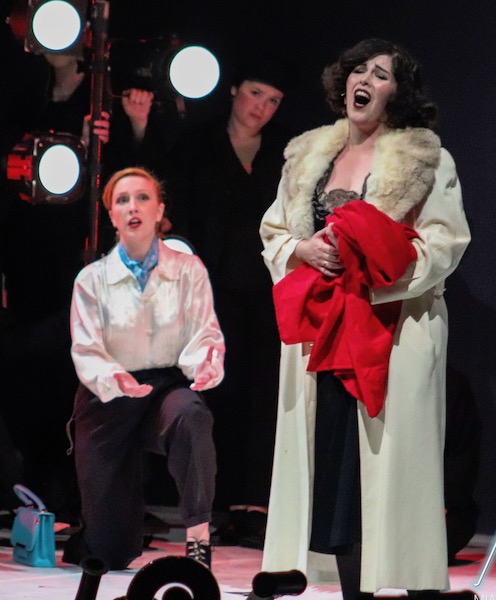A Wide Presentation of Extraordinary Chamber Works
Zimmermann’s Café Chamber Music,
named for the Leipzig coffee house where many of Bach’s secular cantatas were
performed, presented a concert on Sunday entitled, “Music Written Today;
Composers Here and Now.” The 4:00pm concert presented chamber works by
prominent local composers in the fellowship hall of St. Andrew’s Episcopal
Church. This series, curated by composer Clare Shore and co-founder Gregory
Stepanich, provides a wonderful outlet for the community to hear the works of
living composers, in an acoustic space that I am pleased to say is perfectly
suited to the medium.
White-Knuckling
The afternoon began with
composer, Morgan Denney’s work for solo cello, White-Knuckling. This
piece conveyed raw, scratchy purpose with snippets of pizzicato thoughtfulness
that neatly sliced through the form to set up breaks in the anxiety. As each
attempt to get grounded in lyricism is interrupted, some passages could be
described as crying, mourning even, with very thin lyric lines conveyed by the
cellist playing near the bridge. Denney brings the work to a rousing finish as
alarm sounds in the cello and the cello fades to nothing. We desperately want
to know if there is relief to be had after this frustration. Perhaps another
movement? Denney is skilled at conveying raw energy in soundscape and
composition form with beautiful lyricism that deconstructs to reinforce the
musical language. The reasons for creating the piece are clearly communicated
to the audience in the music. In the discussion following the performance of
the piece (each piece would receive this open forum treatment), it was revealed
that the composer chose the cello specifically for this work, because of the
“growl” it can produce. A often challenging and colorful bowing that added
symmetry to the sectional form, cellist Trace Johnson, handled the piece with
precision and grace, eliciting a perfect tone in the small hall.
Sonata for Alto Saxophone and
Piano
The senior-most composer
represented on the concert, Marshall Turkin (b. 1926), presented a performance
of a nostalgic work for saxophone he composed in his 20’s. A traditional
Sonata-form, the expository themes and development were all present, with
moments of lyric interlude where the saxophone was duly allowed to sing. There
were some balance issues in the tiny hall where the beautiful grand piano,
played by Sheng-Yuan Kuan, desperately wanted to sing with the saxophone,
played by Dannel Espinoza, in its higher registers, but couldn’t compete. The
second movement finally finds its stride after a pedantic opening. The final
movement returns to its expository material with a rousing high register ending
in the saxophone. The audience loved it. A fascinating open forum followed
where the saxophonist detailed his personal connection to a favored mouthpiece,
and the famous saxophonist, Sigurd Rascher, who first premiered, then published
this work.
Intensities of Degrees
In the brief description of the
work, composer Clare Shore detailed her collaboration with the ensemble who
commissioned the work, Intensities of Degrees. Flutists Misty Theisen
and Cathie Apple are lively and powerful players, well-accustomed to scary “new
music,” and all of its quirks. However, there were no “quirks” in Shore’s
interpretation of White Heat, Glacial Blue or Ecco la Verde. Quite
the contrary, the program notes offered by the composer before the performance
only enhanced our expected experience. We were given a visceral interpretation
of white heat, which in physics land (a realm many of us in the arts would be
fearful to tread), means any material that is heated to a temperature of 1500
to 1600 C. Listeners felt the extreme heat build as the composition explored the
ultimate ranges of the flute, and when that would not suffice, the piccolo
brought out the searing white heat we expected. Pianist Jennifer Reason is a
joy to watch perform with precision and beautiful tone, as she explored the
extremes of the piano with extended techniques. In the Glacial Blue movement,
the flutist detached the mouthpiece from the flute and played into the piano, a
brilliant stroke in the composition, which gave us an eerily calm, yet “blue”
quality. This movement was a buffet of glacial sounds: sparse, blue,
echoing…interrupted violently by an audience member’s cellphone going off. The
placid soundscape was shattered, not to mention the usability of the composer’s
recording, as the cell phone continued to ring through several cycles, until a
woman was heard muttering, “Bad timing,” as she finally silenced it. Ecco la
Verde began to heal us with a beautiful color palette of sound: a sustained
piano and lyric melody in the flute. More melodic figures and a masterful
dialogue between flute and piano, with that sustained piano coming back to give
us the lush “green” environment of the movement. A truly beautiful and exciting
work that delivers on its promises.
Nobility of Homophones II
Not often do we get the
opportunity to hear toy pianos in concert. This is a unique medium for this
composer’s voice, and we do truly hope that it continues to appear on this
concert series. Olivia Kieffer composed tonal rhythmic motives that fluctuated
and repeated, creating an ever-changing sound world. Even to hear the action of
the two player pianos, performed by the composer and a pianist, Logan Rutledge,
as the keys struck against the mechanism seemed to enhance the piece. When it
comes to “new music” concerts, sometimes there is a tendency to over-analyze,
and in this piece, you wanted to just sit back and let the sound world take
you. Some called it “Christmas-y,” some invoked early John Cage, and others
couldn’t describe the direct reaction they had to the driving rhythms and tonal
changes in the open forum. Whatever it evoked, we would love to hear part I.
Piano Trio no. 2
Composer Frederic Glesser deftly
navigated the sound pallet of the trio.
The piano, played by Sergei Skobin, did the heavy lifting in keeping the
ensemble together, and never resting. The beautiful pairing of Yordan Tenev on
violin and Trace Johnson on cello yielded some exquisite moments were both
players dug into their respective instruments, producing a depth of sound and tonal
color that made us love the trio form all over again. The continued to warm
into their sound as an ensemble as the piece progressed, and overall the hall
again proved to be an excellent acoustic environment for this ensemble. Glesser
took time to explore the timbral sweet spots of each instrument and subsequent
pairings, with beautiful motives and rhythmic pulses. There was complexity in
the sound, but it never obscured nor confounded the experience.
It is extremely important and
relevant that a concert series like Zimmerman’s Café exists. I was expecting
the intrepid gathering of a hard-core new music collective, and what I received
was an open, welcoming concert series that sought to lift the veil on “new
music” and curate a program of approachable music, composed by living,
breathing, working composers. Open forums can often be a perilous adventure,
however at Zimmerman’s Café the message was clear: “we want you to ask
questions, we want to talk with you about our music.” Each forum and
presentation was handled with expert care, and the audience seemed comfortable
expressing themselves and asking questions. Just please, if you attend, heed
those frequent reminders to silence your cell phones. This representation of
multi-generational composers was a delightful way to engage the audience and
show the scope of new music, and how it is progressing. Bravo.







